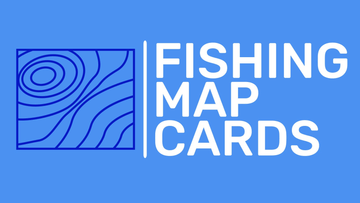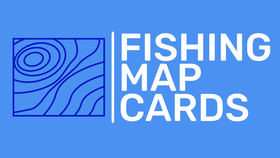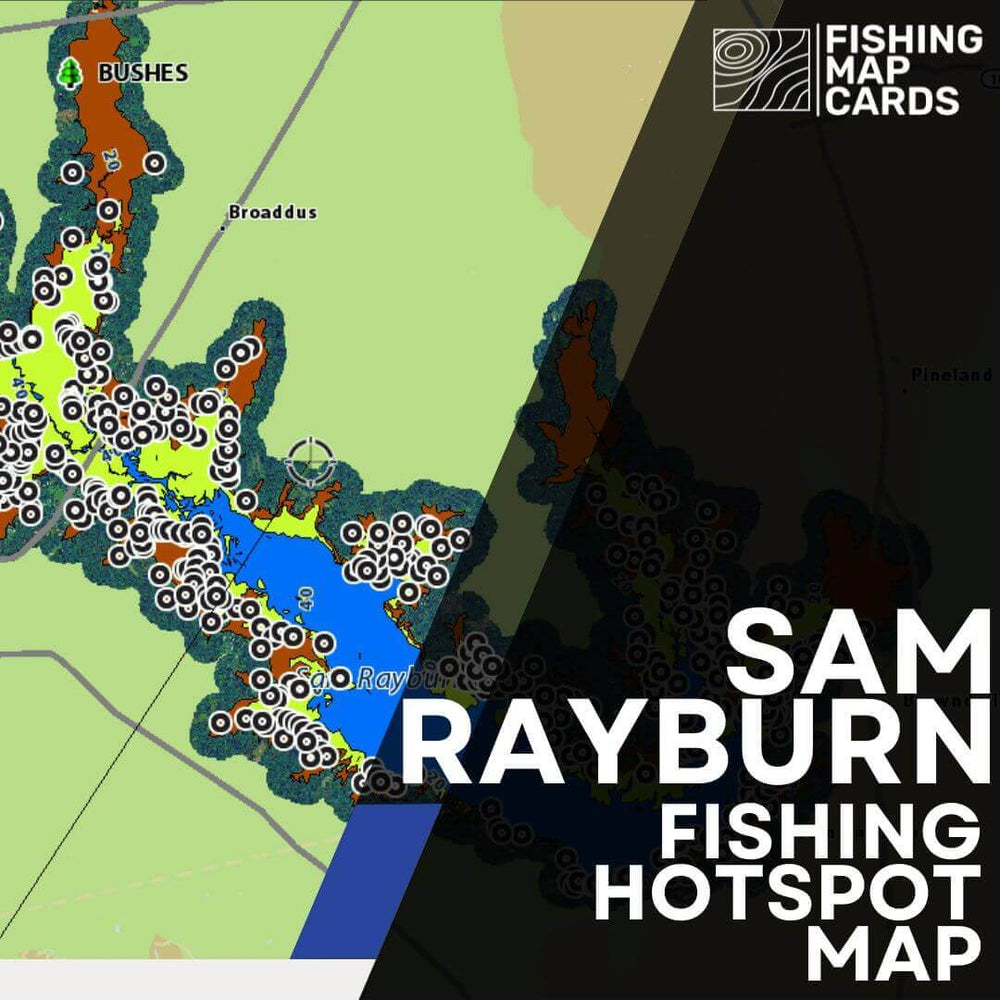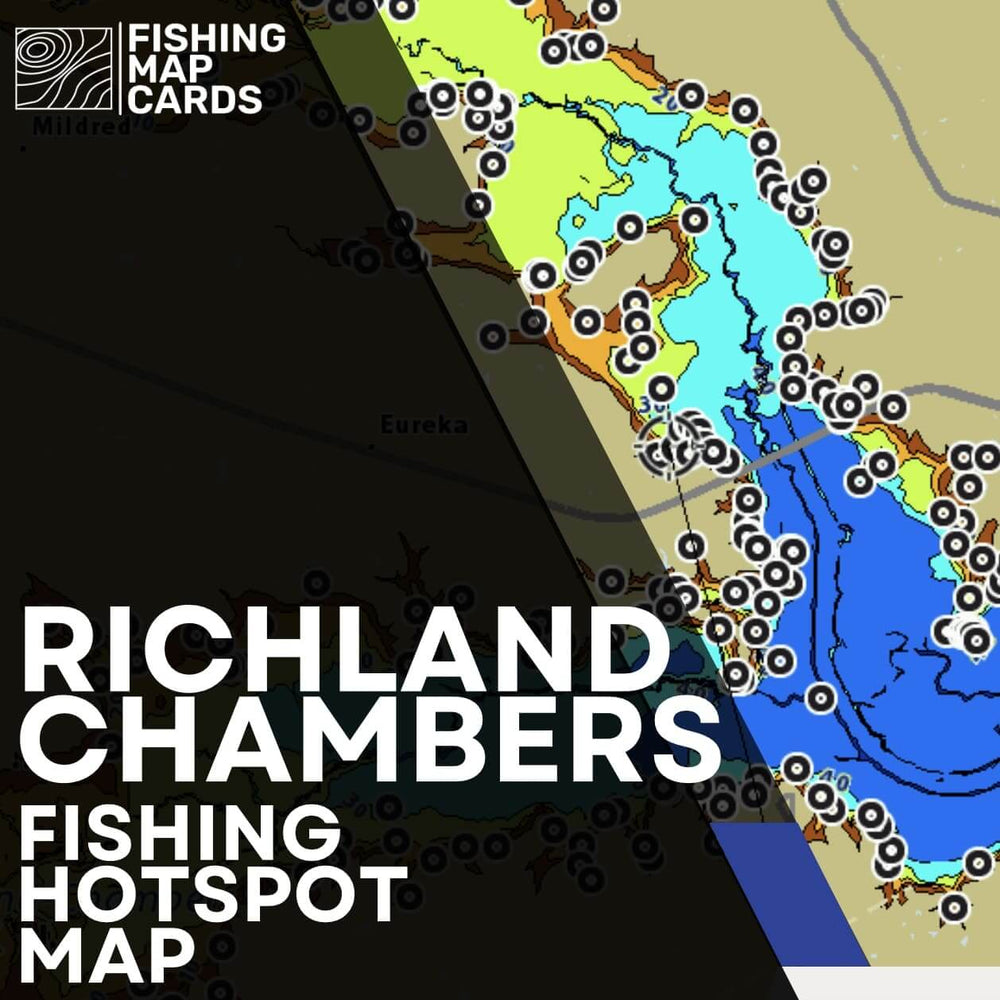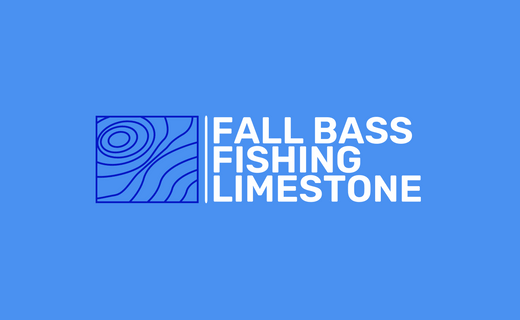Lake Fork Bass Fishing - How to Fish Standing Timber
Lake Fork's standing timber is legendary, offering prime ambush points for hungry bass and an irresistible lure for adventurous anglers. But navigating this submerged forest can be intimidating, even for seasoned fishermen. Fear not, intrepid explorers! This guide will equip you with the knowledge and tactics to tame the timber and reel in trophy fish. If you are looking for additional help, check out our Lake Fork Bass Fishing Hotspot Map.
Know Your Enemy (or Friend):
- Timber Type: Cypress trees hold more baitfish and structure than oak or cedar, attracting more bass. Look for dense pockets with tangled branches and fallen logs, creating prime hiding spots.
- Water Depth: Shallow timber (less than 8 feet) holds pre-spawn and juvenile bass. Deeper wood (10-20 feet) attracts bigger fish throughout the year.
- Seasonal Shifts: Fish move with the seasons. In spring, focus on shallow pockets for spawning bass. Summer finds them seeking cooler depths below shade-producing trees. Fall brings them back to shallower feeding grounds.
Gear Up for Timber Warfare:
- Boat Control: Maneuvering through tight spaces is crucial. A shallow-draft boat and a powerful trolling motor are essential. Deploy a spot-lock anchor to hold position near prime spots.
- Tackle Tactics: Finesse baits like Texas-rigged worms, jigs, and drop shots excel in tight spaces. Crankbaits and spinnerbaits work well along timber edges or for covering water. Topwaters like frogs and poppers can entice aggressive strikes in open pockets.
- Safety First: Timber snags are inevitable. Use heavy fluorocarbon or braided line to resist abrasion. Carry line cutters and a net with a long handle to retrieve snagged lures. Wear polarized sunglasses to spot submerged hazards.
Mastering the Tactics:
- Slow and Steady Wins the Race: Timber fishing is not a speed game. Work your lures meticulously through the branches, letting them linger in potential ambush points.
- Feel the Bite: Don't rely on visual cues. Focus on feeling the slightest tick or tug on your line. Set the hook firmly but patiently, giving the fish time to fully engulf the bait.
- Think Like a Bass: Consider their hunting patterns. Cast into shadows and pockets where prey might hide. Vary your retrieve speeds and depths to trigger different reaction strikes.
- Don't Give Up: Snags are part of the timber game. Don't get discouraged. Persist, learn from each snag, and adapt your approach.
Timber Taming Tackle: Luring the Beasts of the Brush
You've prepped your boat, honed your tactics, and now it's time to choose the right weapons for your timber war. Here's a rundown of lures that'll have Lake Fork's bass begging for mercy:
Finesse Forays:
- Texas-Rigged Worm: This classic never goes out of style. Choose a soft, sinking worm like a Gary Yamamoto Senko or Zoom Trick Worm in green pumpkin, black grape, or watermelon seed. Texas-rig it with a light weight (1/16 oz or less) and slowly crawl it through the timber, letting it fall into pockets and crevices.
- Creature Bait: With their curly appendages and enticing action, creature baits like the Zoom Baby Brush Hog or Berkley PowerBait Chigger Craw are irresistible to curious bass. Rig them on a jig head or Texas-rig for weedless finesse around branches.
- Drop Shot: For pinpoint precision, the drop shot rig excels. Thread a small finesse worm (like a Roboworm) onto your line a few feet above a weight. Lower it softly into tight spaces, twitching the worm to mimic a wounded baitfish.
Cranking the Depths:
- Lipless Crankbait: The Bill Lewis Rat-L-Trap is a legend for a reason. Its rattling lip and erratic action trigger strikes from bass hiding under ledges or suspended in the timber. Choose a shallow-diving model for working the upper water column.
- Squarebill Crankbait: For banging over submerged logs and stumps, a squarebill crankbait like the Bandit Crank is your friend. Its wide bill deflects off obstacles, allowing you to aggressively fish tight cover without snags.
Topwater Takeover:
- Popper: Another topwater temptation, the Arbogast Hula Popper is a classic for good reason. Its chugging action and pulsating skirt create an irresistible commotion that draws bass out of the shadows.
The New School:
- Jerkbait: Utilize live imaging sonar like Garmin Livescope, Humminbird Mega Live, or Lowrance Active Target to make pin point accurate casts to individual fish.
Bonus Tips:
- Local Knowledge: Hire a Lake Fork fishing guide! Their expertise and intimate knowledge of the timber will give you a significant edge.
- Technology: Utilize side-imaging sonar to visualize underwater structure and fish locations.
- Respect the Resource: Practice catch-and-release for larger fish, especially during spawning season. This ensures a healthy fishery for future generations.
Remember, the key to success is patience, adaptability, and a healthy dose of respect for the power and mystique of Lake Fork's standing timber. So, grab your gear, sharpen your skills, and get ready to conquer the forest! Tight lines!
Written by Hugh in partnership with hughcfishing.com
